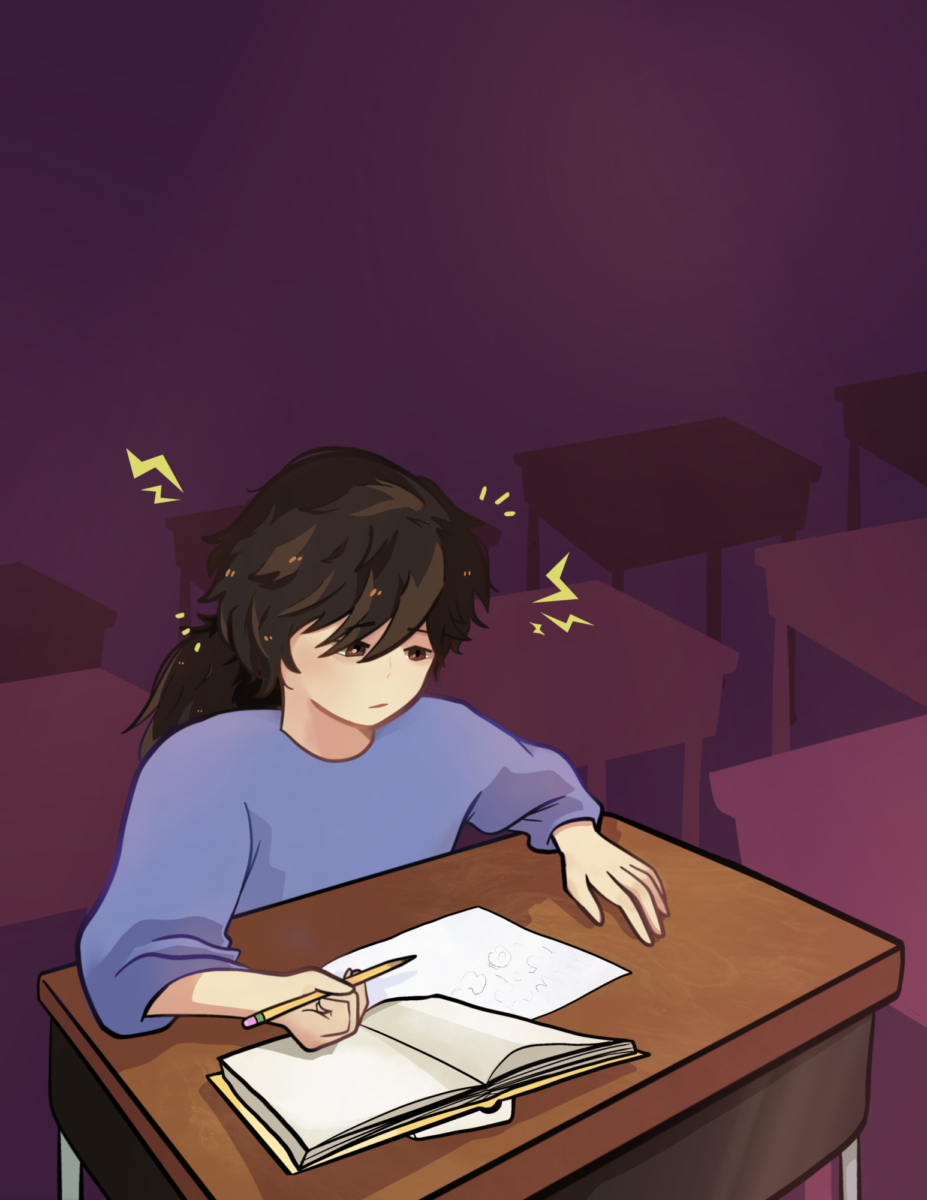From the November 2022 Issue of tjTODAY
In an ideal world, a solely merit-based system would be fair. But so many factors — from our school district to our genetic risk for reading difficulties to our situation at home — all influence our ability to succeed in this world. Policies to provide equal access to public education, changes to highly sought-after admission to prestigious schools, and programs to enrich the learning of underserved communities have all tried to address educational inequity.
Still, we’re miles from fair.
The debate encompasses affirmative action in higher education, TJ admissions, and even AAP programs in elementary school, with a central question: how late is too late to make a difference? Do these interventions only superficially cover the symptoms of the root problems?
Each level of education builds off of the previous. As time goes on, the gap in knowledge only becomes wider. It’s not optimal for colleges to carry the load of increasing opportunities for underrepresented communities — at that point students have already completed primary and secondary education — but the role colleges play is crucial as long as the problem persists.
At the same time, elementary and middle schools should take greater responsibility given that those formative years in education are so formative. In addition, TJ’s position as a magnet school gives it a unique ability to make a difference, at least within the local community.
Through the implementation of a holistic review admissions process, we’ve increased the diversity of our student body. Some stakeholders have voiced concerns that such changes sacrifice the quality of education TJ provides, but let’s redefine success at TJ: not as a #1 national ranking or the percent of students taking multivariable calculus by 12th grade, but as a community that encourages love of learning and appreciates unique talents and passions.
Educational equity is not a problem that can be resolved quickly or with a single change. It can, however, be addressed throughout the course of a student’s educational career to even the playing field as much as possible. While current systems working toward this goal may not be enough, flawed efforts are better than none at all.

